In 2021, living, surviving and thriving in the great outdoors of New Zealand has never been more accessible, affordable and comfortable. Competition between outdoor companies is proving in favour of the consumer, with a continual improvement in the quality of gear produced. As a result, outdoor companies are having to raise the bar and offer a product that truly meets the needs of passionate adventurers in order to stay relevant and a main player in the outdoor community market.
One of the most important pieces of gear any wilderness-seeking individual takes with them is some form of shelter to protect them from the wrath of Mother Nature and to promote long periods of restfulness. In New Zealand, we’re very fortunate to be one of the few countries in the world to have a plethora of huts, bivouacs and shelters that are readily available for anyone venturing out into the wild.
Our rich deer-stalking history prompted deer cullers to build shelters in order to stay out in the mountains collecting deer tails for weeks on end in some of the most rugged and demanding terrain imaginable. Although we Kiwis can very easily hunker down in a nice, warm and comfortable hut, often the true adventures occur beyond the modern conveniences where wilderness solitude is more abundant, tracks are non-apparent, and animals are in greater quantities and of better quality.
Ultimately, the only form of shelter that is adequately able to tolerate the everchanging weather systems in the wilderness areas of New Zealand are 3- and 4-season tents. Some adventurers choose to use flies and bivvy bags; these are great lightweight options – however, they offer minimal seasonal protection, and hence their use is dictated by fine-weather windows.

Choosing a tent that’s individually fit for purpose can be a daunting task due to the fact that there are so many options on the market that all have their niches and nuances. In mentioning this, my best advice to those wanting to purchase a new tent is to write a list of priority features that your tent must have and/or categories where it must perform well. Furthermore, make sure you clearly define the types of missions, terrain and weather the tent is going to encounter during its lifetime.
For this review, I’ll be analysing the new Sea to Summit Telos TR2 Plus adventure tent that I’ve been putting to the test in the Southern Alps for the past three months. As an outdoor company, Sea to Summit have been designing and creating exceptional gear for many years. Without a doubt, I can back this statement up by saying, “I’ve used Sea to Summit mattresses, sleeping bags, compression sacks and pillows for hundreds of my backpack hunting missions, and they’ve never let me down.” By far, my most well-performing piece of Sea to Summit gear is their Comfort Plus Air Mattress, which I’ve had for over three years; not once has it ever had a puncture or deformed – now that’s bulletproof!
So, when I was given the chance to put Sea to Summit’s brand-new adventure tent range through its paces, the anticipation was high. My main questions were, “Can they deliver the same quality and performance as they have with their other products?” and, “Have all the hours spent on research and development translated into a functional and practical adventure tent?” After spending 40-plus nights in this tent, the answers to those questions have been found and will be broken down into a few categories. As Sea to Summit related the practical and functional aspects of their product into three main categories – space, climate and adaptability – these will also be the basis on which I form an experiential and objective opinion on just how well the Telos TR2 Plus stacked up in the field.



Space
Rating: 10/10
Every hunter accepts that space inside a tent is always going to be inferior to that experienced in a backcountry hut, and spending days on end trapped in a cramped environment, during a multi-day storm, is not the definition of ‘fun times’. Unless you’re flying in or have Sherpas with you, the limitations are obvious – what you can carry is what you can use. Hence, lightweight adventure tents are the choice for backcountry trips when travelling light means you can cover more country in a shorter timeframe.
In regard to space, height is the predominant factor that affects liveability, as more height usually results in more manoeuvrability and volume inside the tent. It must be said, the height of a tent typically comes at a cost when it’s pitted against wind – a high profile will produce more surface drag.
That then begs the question, “How do you get more space without losing seasonal rating points?” After watching a 40-minute webinar and reading a detailed 56-page document by
the Sea to Summit design team, one thing was for sure: they invested a substantial amount of time to strike the perfect balance between space and seasonal rating. To achieve this balance, they created their patent ‘Tension Ridge’ feature which goes against conventional norms by inverting the crossbeam, resulting in easier access and a more expansive view.


Furthermore, additional height internally sees an increase in the door height (1060mm); usually, door heights are around 120-190mm less than the Telos TR2 Plus – certainly a great feature for those vertically blessed.
In addition, the Telos TR2 opted for vertical walls instead of conventional tapered walls – this decision to remove the tapered walls was made to help maximise internal volume around key areas in a tent, those being the upper and lower thirds. Sea to Summit did a fantastic job in creating a spacious living environment by utilising those two features – an inverted crossbeam and vertical walls. Accessibility is enhanced by the large internal doors with a higher bottom door height – great for thicker mattresses that are easily stowed away using elastic tie-downs – a winning combination that complements the large internal volume.
Having spent many weeks inside this tent, I believe Sea to Summit have achieved their desired goal and lived up to their mantra – ‘raising the expectation in tents’ – by creating more useable space inside the tent.
The liveability of the Telos TR2 is by far its greatest feature and is significantly better than other lightweight adventure tents on the market. If space inside a tent is at the top of your priority list, then certainly consider the Telos TR2 as your next shelter in the mountains.

Climate
Rating: 8/10
Climate control inside a tent can be a conundrum when you’re living and breathing that mountain life. Everchanging weather systems that can bring four seasons in one day, sitting in the Roaring Forties latitude, and topography that has its own unique characteristics in each conservation area and national park can result in some of the most challenging wilderness-orientated living conditions.
Adventure tents, in my opinion, should adequately provide the following essentials: shelter from unspecified amounts of precipitation, wind-chill reduction, minimal condensation, effective ventilation and enhanced thermal retention. Reading the design team’s document on Sea to Summit’s range of adventure tents, I could see a fair amount of time was spent figuring out exactly how they could optimise a tent’s performance in all climates experienced during wilderness exploration.
Several key features incorporated into the Telos TR2 Plus further validated they’d sufficiently considered the essentials required in an adventure tent. The most notable is their patent ‘Apex Vent’. The Telos TR2, unlike most adventure tents, has its vent placed in the uppermost position. The rationale behind this design decision is simple – they utilised a fundamental principle of science, that being, warm air rises. By placing the vent in the highest position possible, significantly more warm air can dissipate, in forth, reducing condensation build-up inside the outer fly.
Additionally, the Apex Vent can be completely opened up and adjusted through a simple half-circle zip that has an elevated (20mm) strip of water-resistant material around it to prevent moisture ingress. What’s interesting about the Apex Vent is that it’s free of mesh and possesses a larger surface area than most adventure tent vents. Being free of mesh allows for greater airflow – so much so, Sea to Summit claims the Telos TR2 has “70% more effective airflow”. Their tests show that airflow throughout the whole tent achieves a “30-60% increase in airflow in comparison to other brand name tents” and produces “17-31% less humidity than other tents”. Although objective data is great for marketing purposes when in competition with other outdoor companies, it certainly doesn’t beat experiential opinions on how it performs in the field. The more this tent was put through the rigours of continual mountain hunting, the more I developed a greater understanding of how well the ventilation system worked in different environmental conditions; overall, I was thoroughly impressed by the ventilation system.
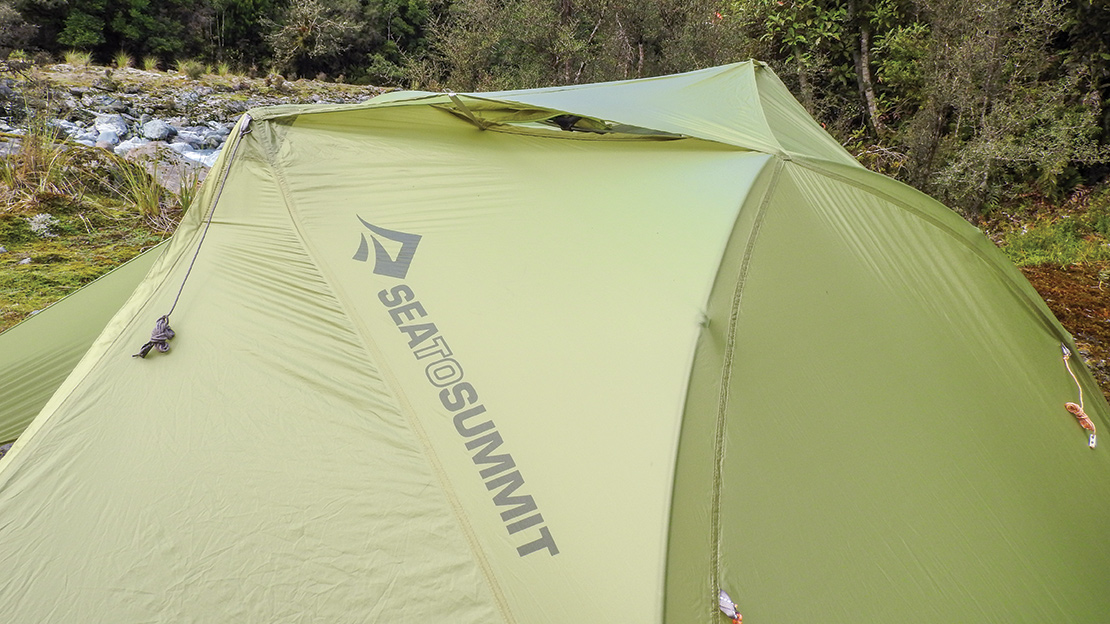
First, it must be mentioned that I tested the Telos TR2 Plus that comes with a breathable fabric, designed to increase thermal retention, rather than a mesh inner. My findings were: if you selected a campsite that had good airflow, positioned the Apex Vent towards the prevailing wind and opened the baseline vent that’s part of the vestibule door, minimal condensation accumulated internally. One problem encountered with the fabric inner was significant condensation build-up on frosty and windless nights when camping on a sheltered valley floor. Cold temperatures are always going to produce condensation on the inside of the outer fly; however, due to the fact condensation is the result of contrasting temperatures, the fabric inner has such good thermal retention, insufficient ventilation resulted in condensation build-up on the inner, mainly in the upper and lower thirds of the Telos TR2 Plus. With sufficient movement of air, you get the best of both worlds when using the fabric inner: warmth and dryness – perfect climate conditions for sleeping on the hill.
Adaptability and Design
Rating: 8/10
As design precedes adaptability, I thought it would be fitting to categorise them in unison for this section of the review. Designing a tent with unconventional features like vertical walls and an inverted crossbeam was always going to present the team at Sea to Summit with complex problems to solve. During the informative webinar on the Telos TR2, the design team acknowledged how the use of an inverted crossbeam (Tension Ridge) created problems when considering the tent’s performance, functionality and adaptability in the field. There’s a reason no other outdoor company has trialled the idea – because it requires a significant amount of engineering to get it right. Innovation is needed to stay relevant, and I very much respect Sea to Summit for being pioneers in this area; however, the Tension Ridge presents the one major flaw in the performance and practicality of the Telos TR2.

By having the crossbeam inverted and not making the vestibule doors long enough, you’re not able to create adequate tension on the vestibule in the upper third. This slack area in the vestibule doors leaves the tent prone to flapping, even in light-moderate winds, causing local noise pollution – something you don’t want when trying to get some sleep on the hill. Fortunately, I believe this pitfall could
be easily rectified by adjusting the length of the vestibule, which could also increase the storage volume in the vestibule area. If a consistent linear line could be created on the vestibule door, the tent would be far less prone to excessive noise production and would perform better in moderate to high winds.
All in all, the TR2 performs exceptionally well against moderate to strong winds, as the slack area in the vestibule door acted like a shock absorber – something I was fairly impressed by. Nonetheless, that was the only design flaw I found during its trial in the Southern Alps … pretty good for Sea to Summit’s first venture into outdoor tents!
The adaptability of the Telos TR2 is absolutely phenomenal with five different set-up modes available. Modes that you can select are as follows: Inner Only, Fly Plus Inner, Partial Fly, Fly Only and Hangout. Straight out of the gate, I found the best mode was the Fly Only set-up, as it allows you to pack up or down during periods of precipitation. The features that really make this mode user-friendly are the one-handed fly clips that connect the fly to the DAC Featherlite NSL 8.5mm and 9.0mm anodised aluminium poles – simple yet effective. Other set-ups like Hangout and Partial Fly modes are fantastic for those wanting a scenic view to be available in their home away from home.
Other great design features are the adjustable tie-down points, a lightbar that clips onto the internal roof via domes and uses head torches to project light inside the tent, and the FairShare storage system which allows you to spread the load of the tent amongst members of your party. Additionally, the FairShare storage system doubles as storage buckets that clip into the inner tent via dome clips – very useful for keeping your living quarters tidy.
Lastly, the 15D Sil-PeU-coated nylon ripstop outer fly and fully seam-sealed inner and outer fly didn’t let a drop of rain get through their defences, even when it received over 100mm in 24 hours during a recent trip on the Coast.


Conclusion
Sea to Summit’s principles of ‘room for improvement’ and ‘raising expectation in tents’ can stand on solid ground after a highly respectable pioneering venture into the world of adventure tents.
If space and versatility are what you’re after, the Telos TR2 Plus will absolutely meet your needs. It cannot be underestimated how valuable extra internal volume is – an absolute gamechanger in my opinion – the more I lived in this tent, the more I appreciated it.
Weighing in at 1531 grams and having an RRP of $1,099, it’s certainly a competitive ultra-lightweight adventure tent that’ll become a true home away from home when you chase those wilderness adventures!
Overall Ratings
Space 10/10
Climate 8/10
Adaptability and Design 8/10
Total 26/30
RRP
$1,099.99

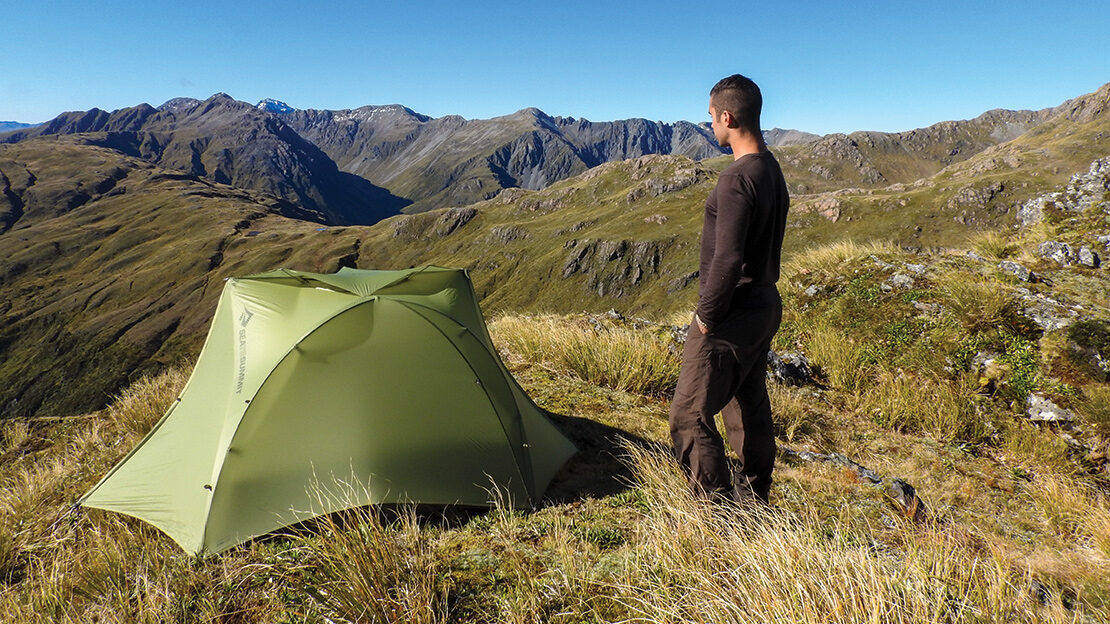

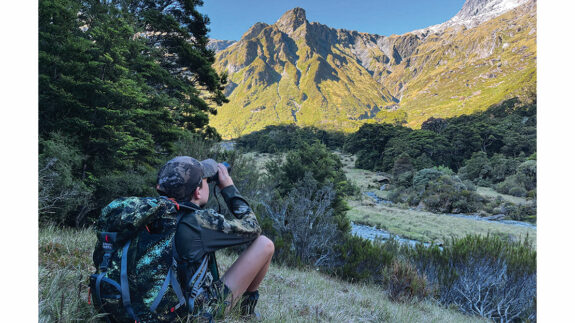

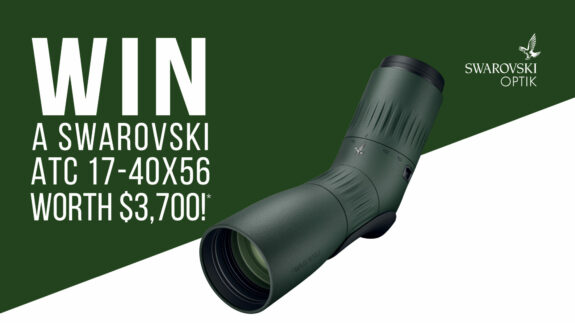
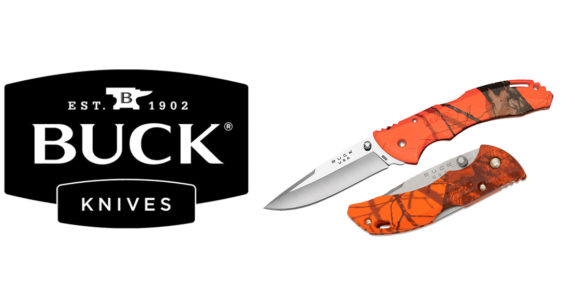
SHARE YOUR BEST PICS #NZRODANDRIFLE